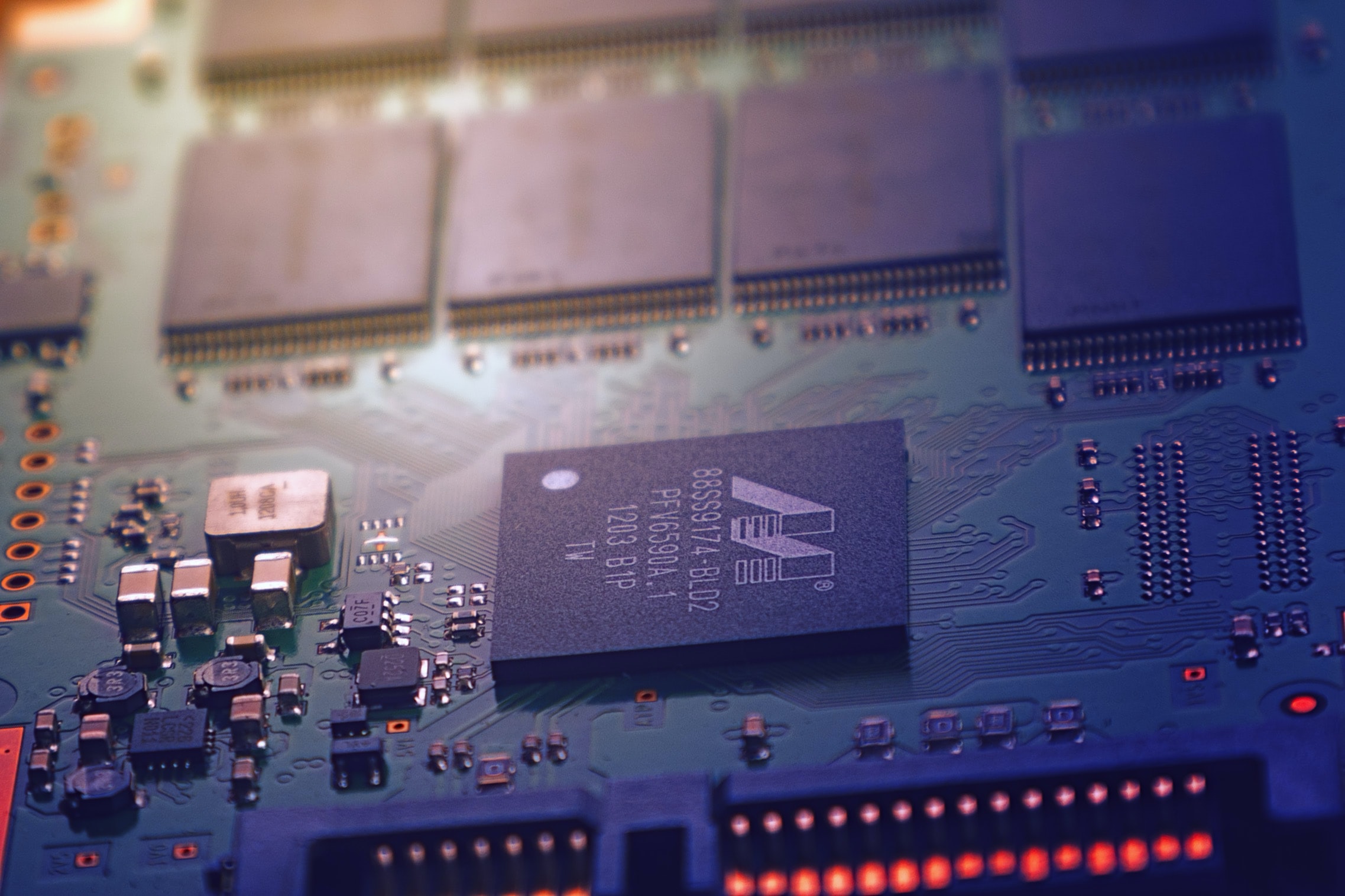What Is A Turbine Supervisory Instrumentation System And Which Industries Are They Used In?
A Turbine Supervisory Instrumentation System (TSI) is a sophisticated, customisable digital computer system used in heavy industry to monitor active turbines for potential flaws, faults, and failures. Turbine Supervisory Instrumentation can be used for manual monitoring, automating tasks, and general data gathering simultaneously.
TSI can notify on-site and remote engineers, technicians, and supervisors as to the current performance and alignment of the main rotor and individual generator turbines. This information is shown in real-time via a software readout, usually connected to many turbine sensors by industry-standard TCP/IP Modbus and a local server unit (which interprets and forwards the raw data).
Most TSI systems consist of a network of different sensors that report back to a central console. This console then relays the data to different monitors and terminals in the control room.
TSI systems are used primarily for always-on monitoring of gas, steam and hydro turbines in heavy industry and power generation. They are commonly found in power plants, nuclear reactors, oil and gas extraction pipelines, maritime systems (such as tidal barrages), and in mines.
Why are TSIs Needed?
Balanced turbines, particularly when mounted in series in a rotor train, can quickly develop minor and chronic flaws that can result in a substantial reduction in efficiency over time. Left unchecked, these flaws can permanently damage or disable the machine. Turbines are also prone to sudden failure through stress or overheating, particularly in older steam-driven units.
The TSI serves as an early warning system and a way of optimising the unit to achieve peak production. Engineers can reorientate and adjust the turbines according to precise data to improve the system. The system can also be shut down quickly by automatic safety parameters in the event of a critical failure (such as sheering) to prevent disaster.
What Parameters do Turbovisory Systems Measure?
Effective turbovisory TSIs measure and report back on six key factors:
- Turbine shaft vibration - to check if turbines are askew or wobbling
- Turbine thrust pad wear
- Absolute expansion - monitors general chamber heat in the train and case metal expansion
- Differential expansion - monitors heat expansion of the main metal axle relative to the casing
- Axial shift - checks if the axle is falling out of the correct alignment and clearances
- Current speed - checks if turbine spin is within safe limits or an overspeed condition
What are the Main Advantages of TSI systems?
There are four crucial advantages to using a TSI on a turbine, which are:
- Reducing turbine roll time - an optimised system will be more responsive and spin-up to a high rpm far faster
- Reducing the time between overhauls - having a TSI in place can greatly extend the lifespan of a legacy or new turbine array through careful maintenance and monitoring
- Diagnostics and troubleshooting - quick access to crucial data logs gives repair technicians a better, more precise picture of what's going wrong with a faulty system
- Automatic shutdown - in the event of parameters being breached, a complete shutdown can be automatically handled by linking the server console to an emergency stop or hydraulic axle brake
Turbovisory Systems from Sensonics
Need turbovision? Sensonics can do that. We're the leading supplier of sensors systems and solutions to a great variety of industries worldwide. Call, email, or visit our website for more information on what we could do for your turbines.
Image source: Unsplash

